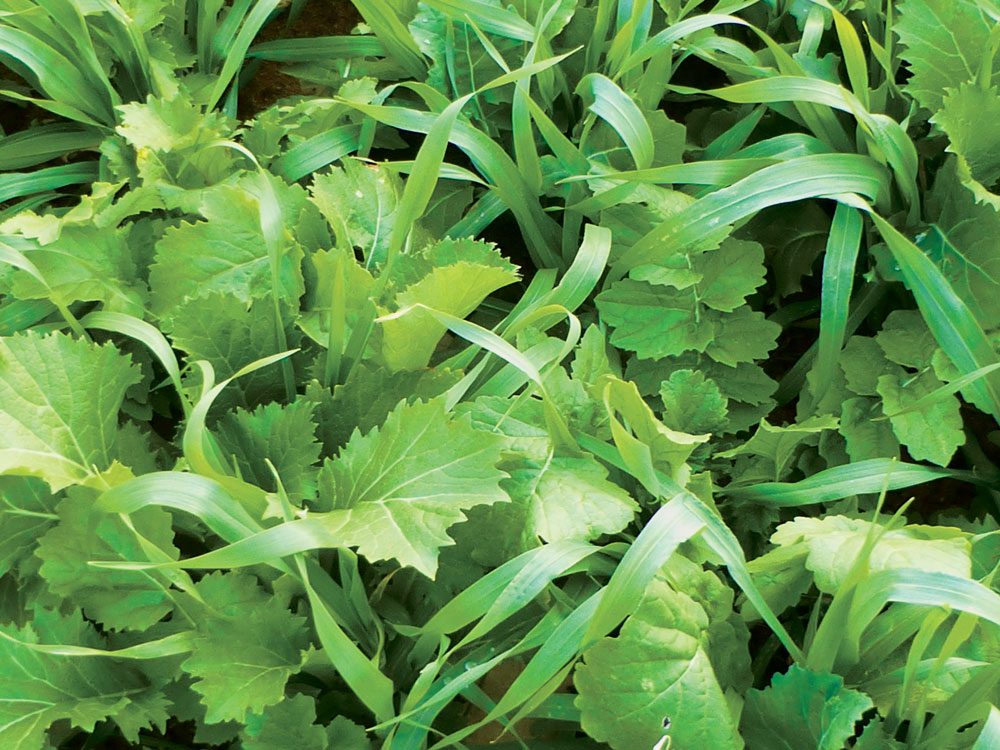It looks like there will be "Prevented Planting' (PP) acres in Minnesota. How many is anybody's guess at this point. That means that a cover crop will need to be established. Small grains like barley or oats are often the first choice for establishing a cover crop on PP acres. The seed supplies of barley and oats are likely to be very tight and you may be looking far and wide to find some. Using bin-run seed from your neighbor may seem like a cheap(er) alternative. You are at that point breaking both state and federal laws.
All seed that is sold in Minnesota must be properly labeled to meet the requirements of the Minnesota Seed Law and the Federal Seed Act. That means that any seed you buy for prevented plant acres or use for cover crops has to be tested and be under ‘label’ too.
The label must state the name of the crop species, or kind and variety, of each agricultural seed present in excess of five percent and the percentage by weight. If “variety not stated’ is used on the label, the kind of seed must still be listed, a lot number or other lot identification, the percentage of germination, exclusive of hard seed, the percentage of hard seed, the percentage of weed seed or other contaminants present, and the calendar month and year the test was completed.
In addition, varieties that are protected under the Plant Variety Protection Act (PVP) can be sold as seed only with the permission of the certificate holder. Nowadays, most varieties that are PVP protected can only be sold as registered and certified classes of seed (so-called Title V). The Federal seed law also requires that PVP-protected varieties be sold under their name even if the PVP certificate has expired. Once bought, you are allowed to save seed of PVP-protected varieties from the harvested crop for your own use indefinitely. This is called the’ farm-saved seed’ exclusion.
Utility patents are another way to protect the intellectual priority rights of the developer of the variety. The Minnesota Seed Law as well as the Federal Seed Law remain in effect for varieties protected by the utility patent. A big difference however is that the patent holder may (and most often does) prohibit farm-saved seed when a variety is protected by a utility patent that.





Post a comment
Report Abusive Comment